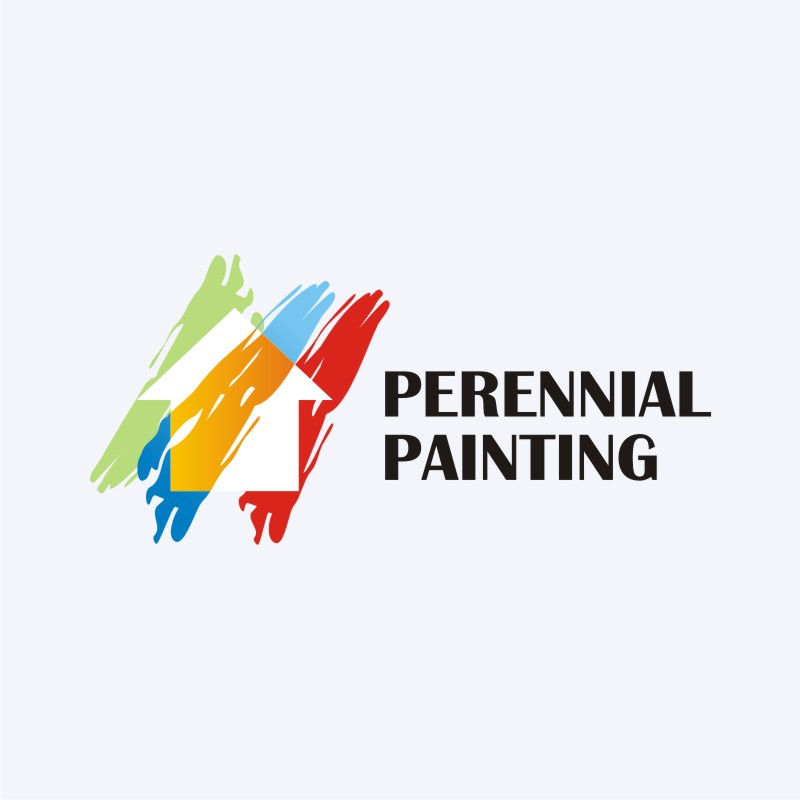Discover Just How Seasonal Influences Can Affect The Performance Of Industrial External Paint And Figure Out The Most Positive Times To Make Certain Long Lasting Outcomes For Your Job
Discover Just How Seasonal Influences Can Affect The Performance Of Industrial External Paint And Figure Out The Most Positive Times To Make Certain Long Lasting Outcomes For Your Job
Blog Article
Material Create By-McLamb Skafte
When you're planning an industrial external paint project, seasonal aspects can make or damage your results. You'll want to think about exactly how temperature level and moisture effect paint application and drying out times. Selecting the right season can ensure your paint sticks effectively and lasts longer. But which periods are genuinely the very best for this type of job? Allow's explore the key elements that can influence your job's success.
The Impact of Temperature on Paint Application
When you're preparing a business exterior painting job, the temperature can significantly influence how well the paint sticks and dries out.
Ideally, you intend to paint when temperature levels range between 50 ° F and 85 ° F. If it's also cool, the paint might not cure appropriately, resulting in concerns like peeling or splitting.
On the other hand, if it's too warm, the paint can dry out also quickly, stopping correct bond and causing an unequal finish.
You should additionally consider the time of day; morning or late afternoon offers cooler temperatures, which can be a lot more positive.
Constantly check https://interior-house-painters-n11009.blogvivi.com/34942754/raise-your-home-s-beauty-the-impact-of-residence-painters-on-your-living-space for the specific paint you're using, as they typically provide support on the optimal temperature level range for optimum results.
Moisture and Its Impact on Drying Times
Temperature level isn't the only ecological variable that influences your industrial outside paint project; humidity plays a substantial function too. High humidity degrees can decrease drying out times drastically, influencing the general top quality of your paint task.
When the air is filled with moisture, the paint takes longer to cure, which can bring about issues like poor bond and a higher danger of mold development. If you're painting on a specifically moist day, be prepared for extended wait times between layers.
It's crucial to keep an eye on regional weather and plan appropriately. Ideally, go for humidity degrees in between 40% and 70% for optimum drying.
Maintaining these consider mind ensures your job remains on track and provides a long lasting coating.
Best Seasons for Commercial Outside Painting Projects
What's the most effective season for your industrial external painting tasks?
Spring and early loss are commonly your best options. During these periods, temperature levels are moderate, and moisture degrees are frequently lower, developing ideal problems for paint application and drying.
Stay clear of summer's intense heat, which can create paint to dry as well quickly, leading to poor adhesion and surface. In a similar way, winter months's chilly temperature levels can prevent correct drying out and healing, risking the longevity of your paint work.
Aim for days with temperatures between 50 ° F and 85 ° F for optimum outcomes. Bear in mind to inspect the neighborhood weather report for rain, as damp problems can spoil your task.
Click That Link around these elements ensures your paint project runs smoothly and lasts much longer.
Verdict
Finally, preparing your business outside painting tasks around seasonal factors to consider can make a significant difference in the result. By organizing job during the excellent temperatures and humidity degrees, you'll make sure much better adhesion and drying times. Remember to watch on local weather forecasts and choose the right time of year-- springtime and early loss are your best options. Taking these steps will certainly assist you achieve a long lasting and specialist finish that lasts.
